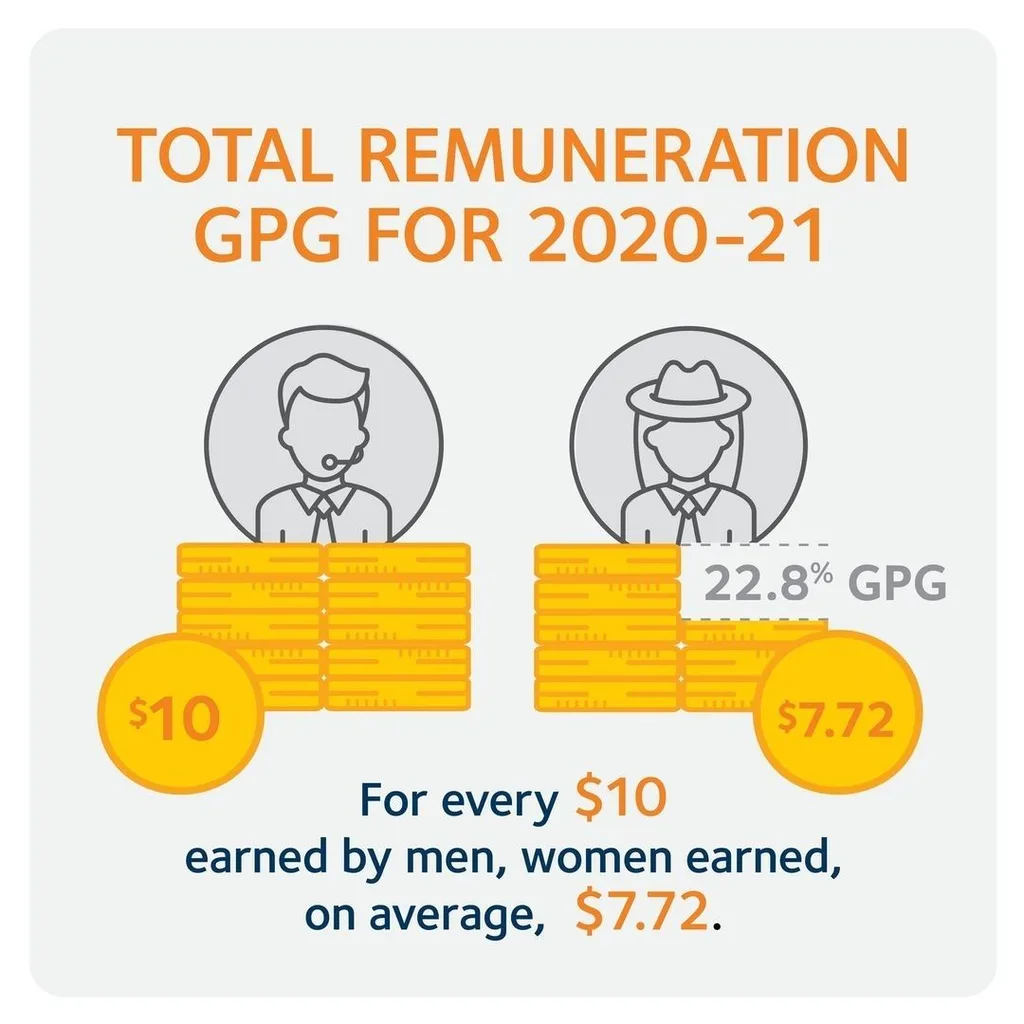When it comes to tackling inequality, particularly in the workforce, we still have a long way to go. While we’ve undoubtedly made strides in some areas, others are far behind, and the latest report from Workplace Gender Equality Agency is further proof of this.
The latest report (taken from 2020-2021) revealed that while the gender pay gap has narrowed marginally, men are still twice as likely to earn more than $120,000 a year than women. Unfortunately, it doesn’t stop there either. With the data also showing that women typically earn about $25,000 less than men.
“No matter how the gender pay gap is calculated, there is a consistent gap in favour of men,” the report stated. It also clarified the terminology around the issue, explaining that pay gap is not a measure of whether women earn less than men for the same job (which is equal pay). Instead, it’s an indicator of women’s position in the workforce and examines the difference in pay between women and men, on average, across organisations, industries, and the workforce as a whole.

It’s also worth noting that the pay gap calculations excludes the salaries of CEO’s and heads of businesses, which means that the final figures actually understate the overall pay difference between women and men. Not only that, but the gap continues to favour men across all levels of the workforce, particularly managerial roles which has actually increased slightly over the past 12 months.
The construction sector is currently ranked at number as the area with the biggest pay gap, followed by finance, science and real estate sectors. Even industries like health care and education which are predominantly female-dominated still have a pay gap in favour of men. This is mainly because women tend to hold lower-rank positions (like nurses) while men hold higher-rank positions like surgeons.
Other key findings from the report:
- 42% of employers have reduced their pay gaps since 2020 (but it did widen for 37% of employers and remained static for the other 21%)
- 3 in 5 employers are now offering paid parental leave
- Over 51% of employers offer paid domestic violence leave (compared to 12% in 2015/2016)
- Over 85% of Australian employers still pay men more than women, on average
- The majority of boards are still dominated by men (with 74% comprised of over 60% men)

While it’s easy to feel disheartened by these statistics, it’s important to remember that the workforce is always changing and evolving (though it may not always feel like it’s doing so for the better). The increase in paid domestic violence leave and paid parental leave are important markers that change is afoot in other areas, and proof that it’s possible to mould the Australian workforce to better suit the needs of women.
For now, we can only hope that the 2021/2022 report brings us better news, and as always, we’ll continue to fight against workplace inequality on all fronts until we achieve the parity we know we deserve.










